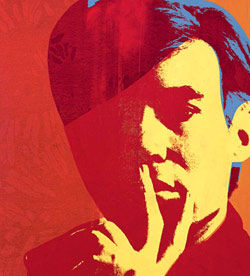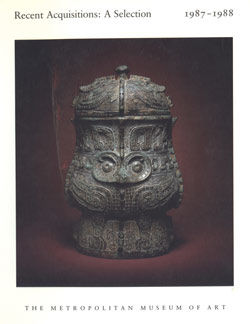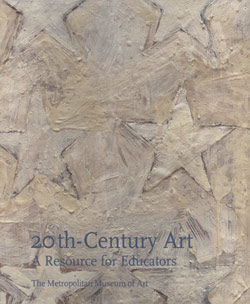Self-Portrait
Andy Warhol American
Not on view
Of all the Pop artists who emerged in New York and on the international scene in the early 1960s, none is more famous or more typifies the movement than Andy Warhol. Although he had a traditional art education at Carnegie Institute of Technology in Pittsburgh, as a young man in the 1950s he supported himself doing commercial art in New York. About 1959 he decided to concentrate his energies on painting, calling upon both his formal training and commercial experience in his new work.
Warhol purposely sought an alternative to the emotionally charged paintings of the Abstract Expressionists by adopting a commercial, hands-off approach to art. His aim was to demystify art by making it look as if anyone could have done it. To this end, he borrowed images from American popular culture and celebrated ordinary consumer goods, such as Brillo pads, Campbell's soup cans, and Coca-Cola bottles, as well as media and political personalities, including Marilyn Monroe and Mao Zedong. He featured them in individually colored serial paintings and prints that relied on commercial silkscreening techniques for reproduction.
After the early 1960s his most frequent subjects were the famous people he knew, and occasionally he was his own subject. In this eerie, premonitory self-portrait, produced just a few months before his death in February 1987, Warhol appears as a haunting, disembodied mask. His head floats in a dark black void and his face and hair are ghostly pale, covered in a militaristic camouflage pattern of green, gray, and black.
#1847. Self-Portrait
Due to rights restrictions, this image cannot be enlarged, viewed at full screen, or downloaded.



